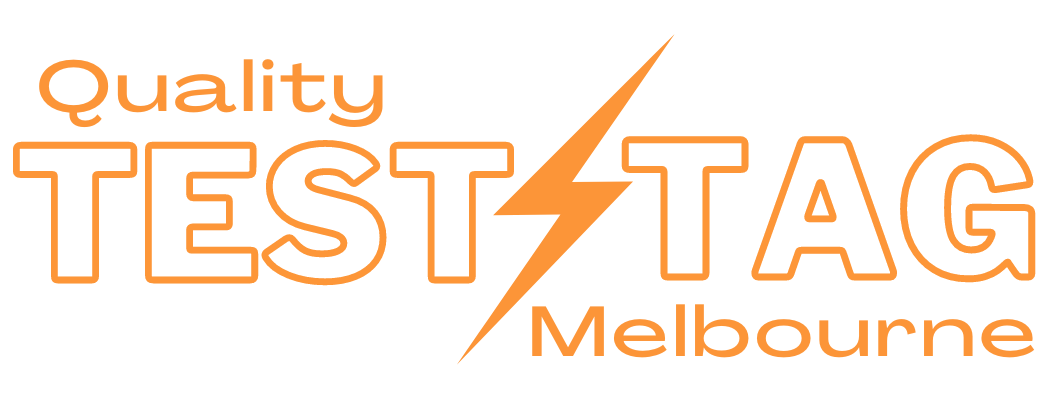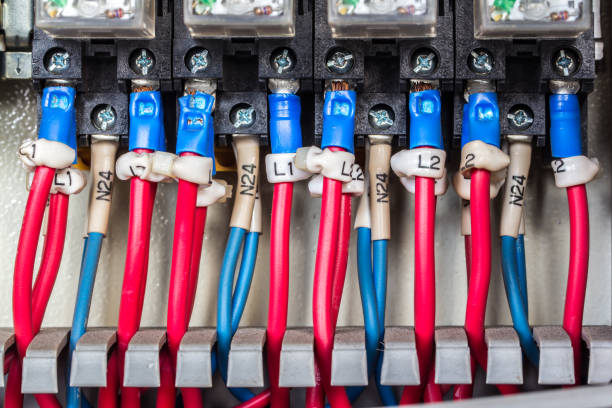Are you aware of the importance of testing and tagging in the workplace? If you need help, let us enlighten you. Testing and tagging refers to inspecting and testing electrical equipment to ensure its safety and compliance with relevant regulations and standards. It is a crucial practice that helps protect both employees and employers from potential electrical hazards.
Electrical equipment is used extensively in the workplace, ranging from computers and printers to power tools and machinery. Over time, this equipment can become worn, damaged, or faulty, posing a significant risk of electrical shock, fires, or other accidents.
This is where testing and tagging comes in. Regularly inspecting and testing electrical equipment can identify and rectify potential hazards before they cause harm. Additionally, testing and tagging help to ensure that equipment is in good working condition, reducing the likelihood of unexpected breakdowns and interruptions to work.
So, whether you are an employer or an employee, understanding and implementing testing and tagging procedures is vital for maintaining a safe and productive working environment.
Importance of Testing and Tagging in the Workplace
You need to understand the importance of testing and tagging in the workplace to ensure the safety of yourself and others. Regular testing and tagging in the workplace can’t be overstated.
It’s crucial for electrical safety as it helps identify faults, defects, or electrical equipment damage that could cause harm or accidents. Regularly testing and tagging electrical equipment can significantly reduce the risk of electrical shocks, fires, and other electrical hazards.
This proactive approach to electrical safety protects the individuals working in the workplace and safeguards the workplace’s overall integrity. Additionally, testing and tagging ensure compliance with relevant safety regulations and standards, providing peace of mind and legal protection.
So, prioritize the regular testing and tagging of electrical equipment to create a safe and secure workplace for everyone.
Process of Inspection and Electrical Testing
The inspection and electrical testing process ensures the safety and functionality of electrical systems. It’s of utmost significance to conduct regular inspections and testing to identify any potential hazards or faults in the electrical system.
This process thoroughly examines all electrical equipment, including cables, wires, switches, and outlets, to ensure they meet the necessary safety requirements. Electrical testing is then carried out to check for proper functioning and to detect any faults or malfunctions that may pose a risk.
By adhering to these inspection and testing requirements, workplace safety can be maintained, preventing potential accidents or electrical hazards.

